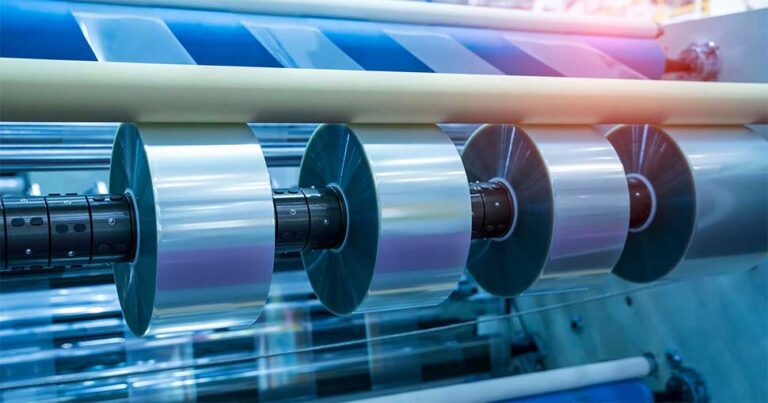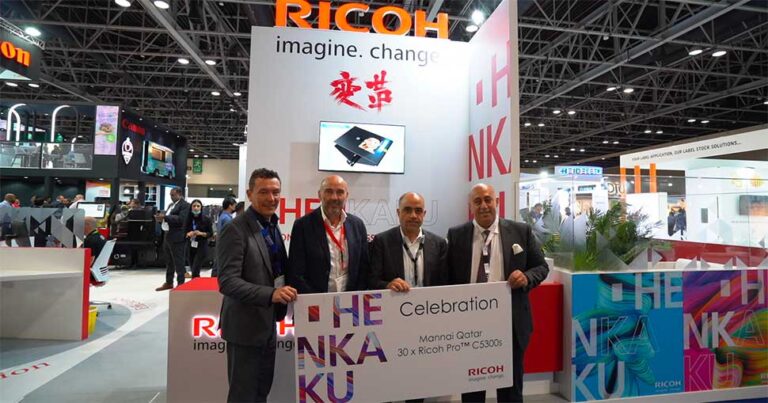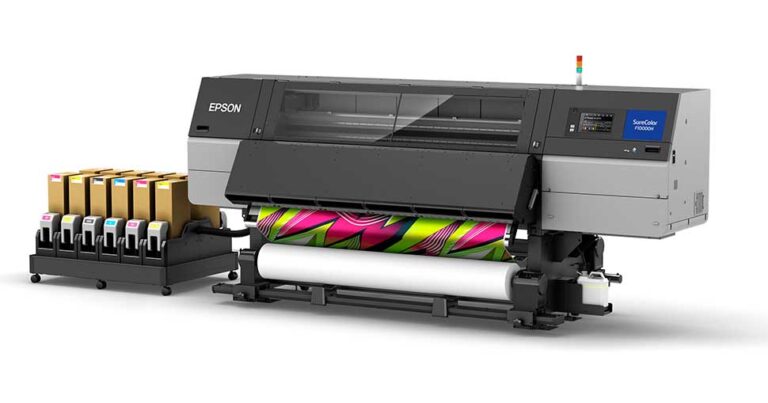Blog
Remote working is something that many of us have become used to in recent years, with the pandemic having forced staff out of the office and into working from home.
Addressing the ever-changing requirements of customers across a wide range of industries, while at the same time ensuring you deliver sustainable solutions to these clients, is no easy task for the modern print service provider.
Now, how many times do you see companies enticing in new customers with unreal offers but to "new customers only" and it feels like a right kick in the teeth to loyal, time-served customers?
Adhesives are one of the most common and necessary components of many applications across a whole host of markets and industries. With this wide-ranging demand and use comes the core challenge for manufacturers and suppliers, how are you able to offer a product that can deliver on all these project types?
At FESPA, Gulf Print & Pack, Printwear & Promotion, All4Print and C!Print we saw firsthand how there is still very much an appetite for in person events.
The global large format printer market is set to see significant growth in the next four years.








